The Hibulb Cultural Center and Natural History Preserve has several displays of artifacts found during the archaeological excavation of sites occupied by their ancestors. While it is not a part of the Tulalip cultural beliefs to uncover ancestral remains or ancient village sites, the Hibulb Cultural Center and Natural History Preserve was gifted these artifacts and is now charged with the responsibility to care for them in perpetuity for the ancestors who once owned them. The artifacts were gifted by archaeologist John L. Mattson.
Hibulb Site:
The Hibulb Cultural Center and Natural History Preserve is named in honor of the great village of Hibulb which was the largest village of the Snohomish Tribe. The village was built within a large palisade of upright cedar poles approximately 18 feet high. The village was positioned so that the people could defend themselves against hostile tribe and communicate by messengers with the smaller villages along the shoreline.
Hibulb had the largest longhouse in Snohomish territory: 115 feet and 43 feet. In addition to the big longhouse, the village contained four smaller longhouses (100 feet by 40 feet) and other structures.
Some of the archaeological artifacts from this site are shown below.
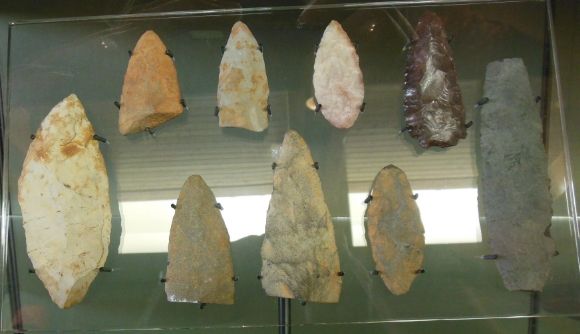
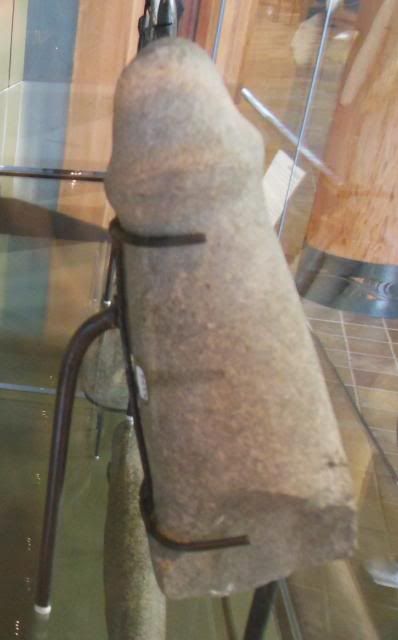
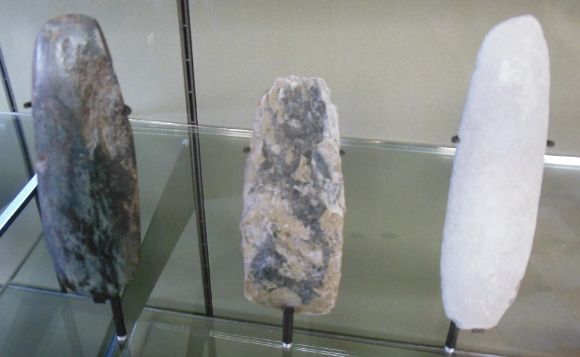
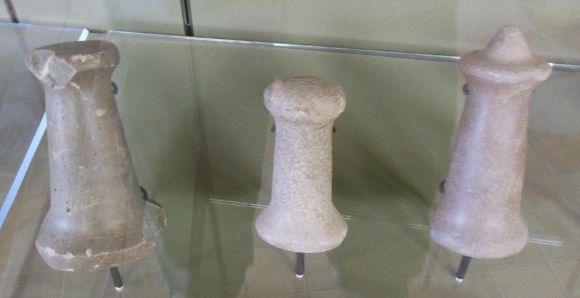
Biderbost Site:
The Biderbost Site (45/SN/100) was the first significant wet site excavated in Washington. Archaeological wet sites exist when waterlogged artifacts like wood weirs, nets, and basketry are preserved in an oxygen-free environment. The site was uncovered during a flood on the lower Snoqualmie River in 1959. The site was occupied about 2,000 years ago.
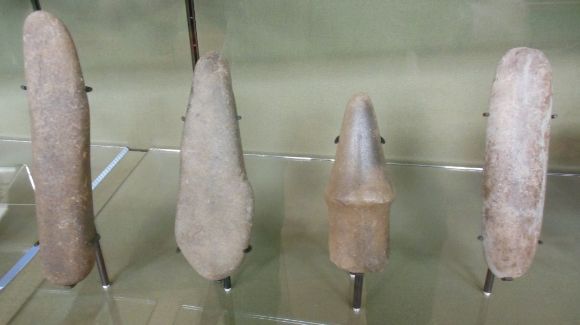
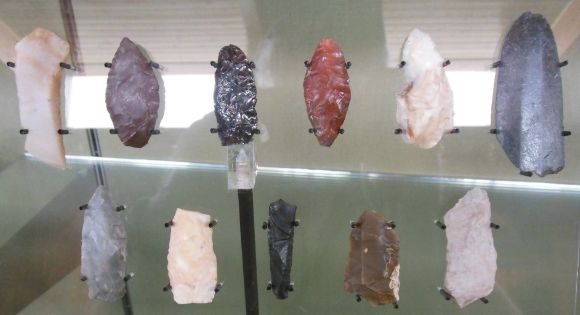
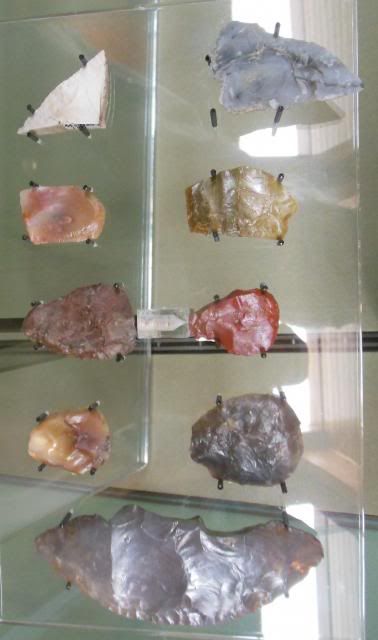
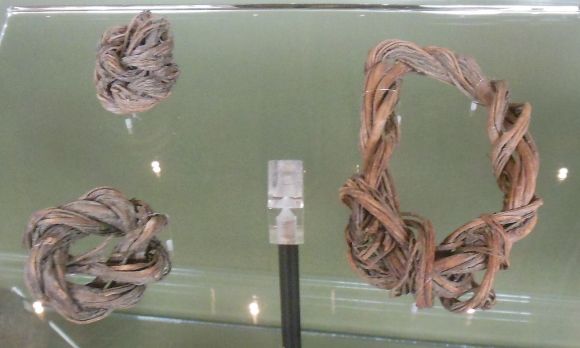
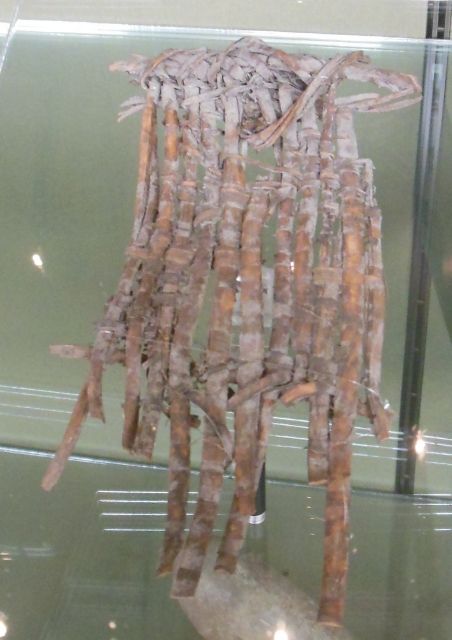
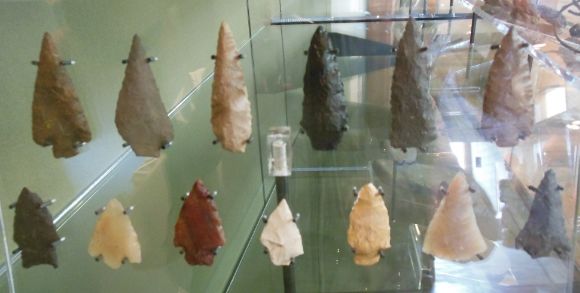
Peterson Site:
While Dr. Mattson estimates that this site is probably not more than 3,000 years old, tribal elders feel that it goes back to time immemorial. This was a large fishing and hunting village.
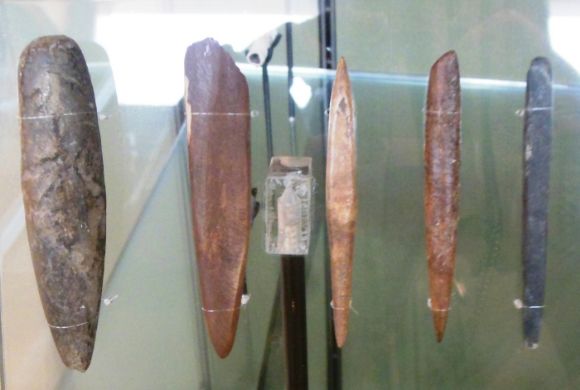
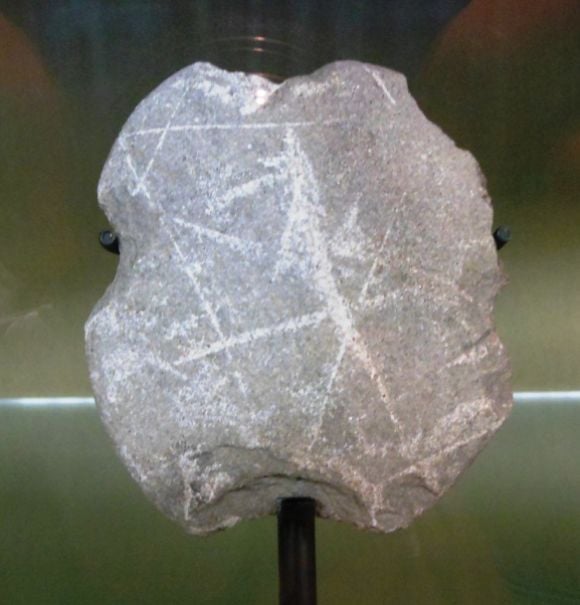
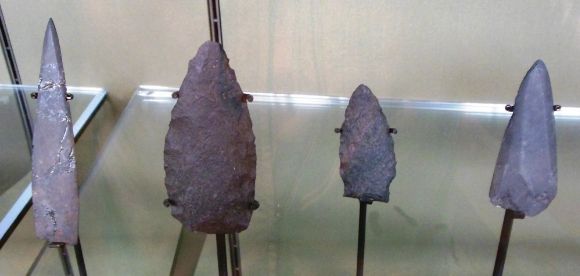
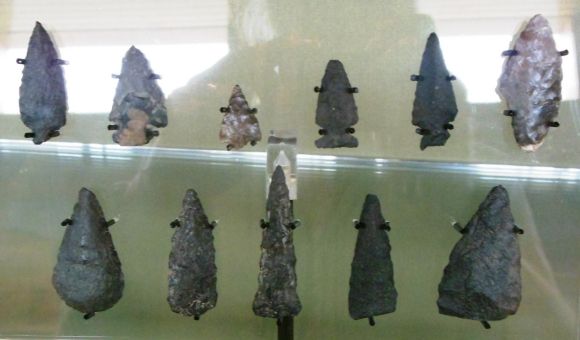

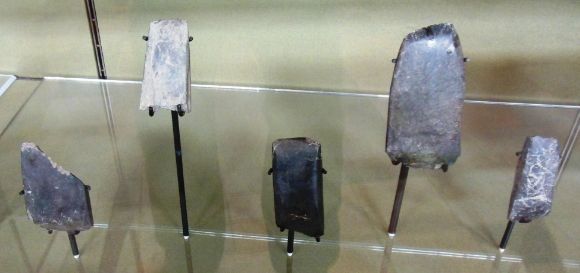
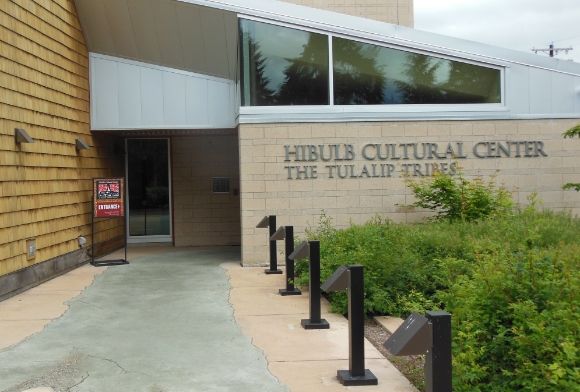
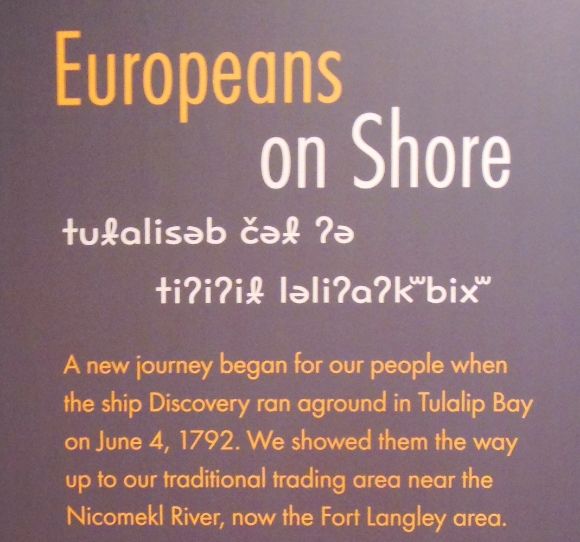
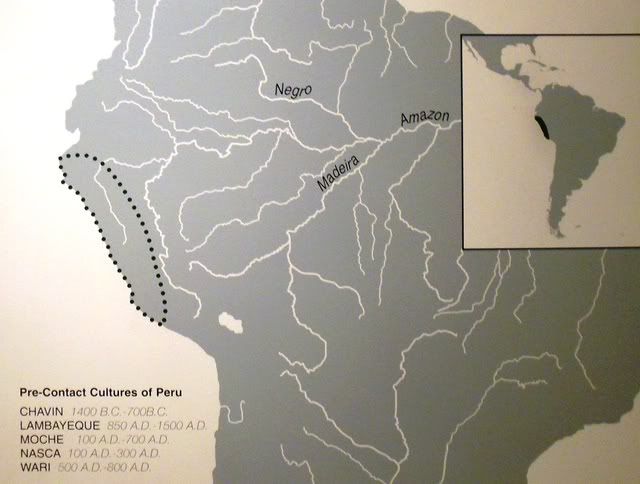
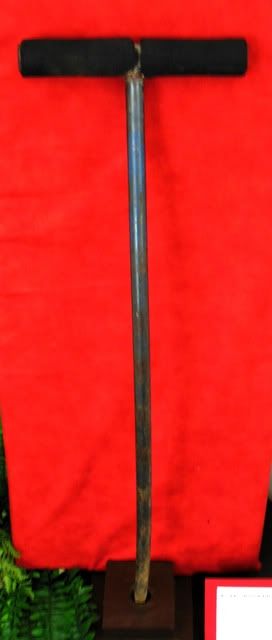
Leave a Reply